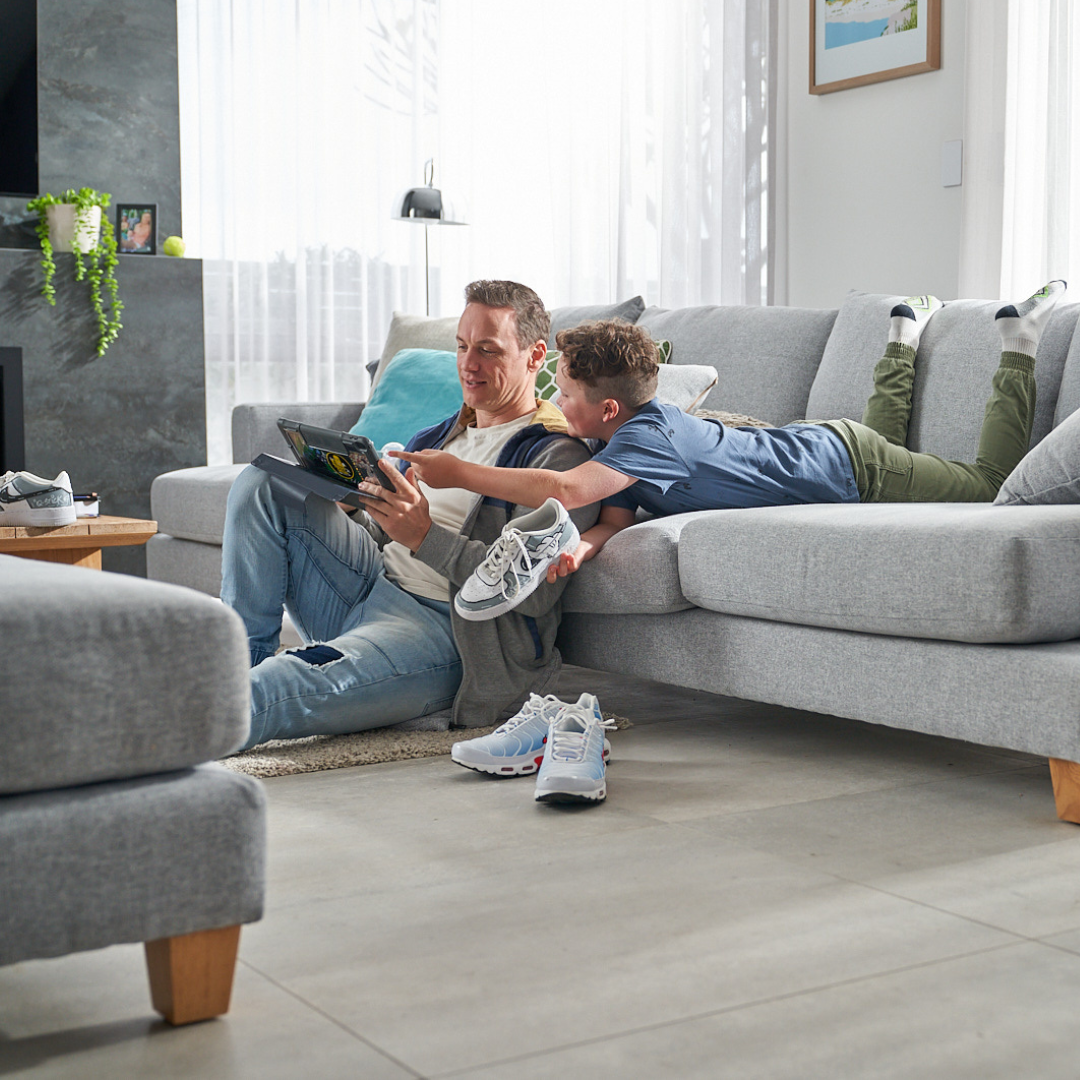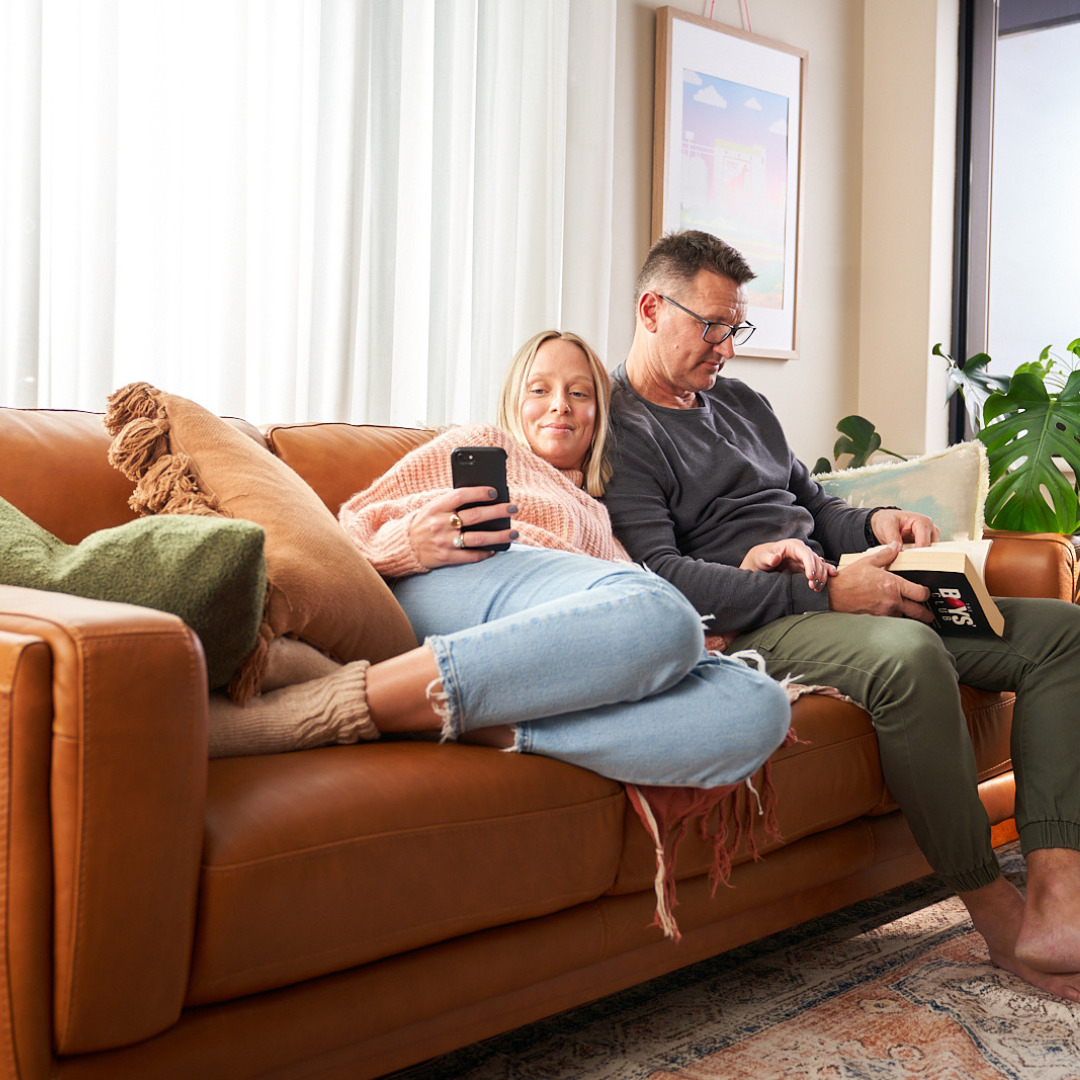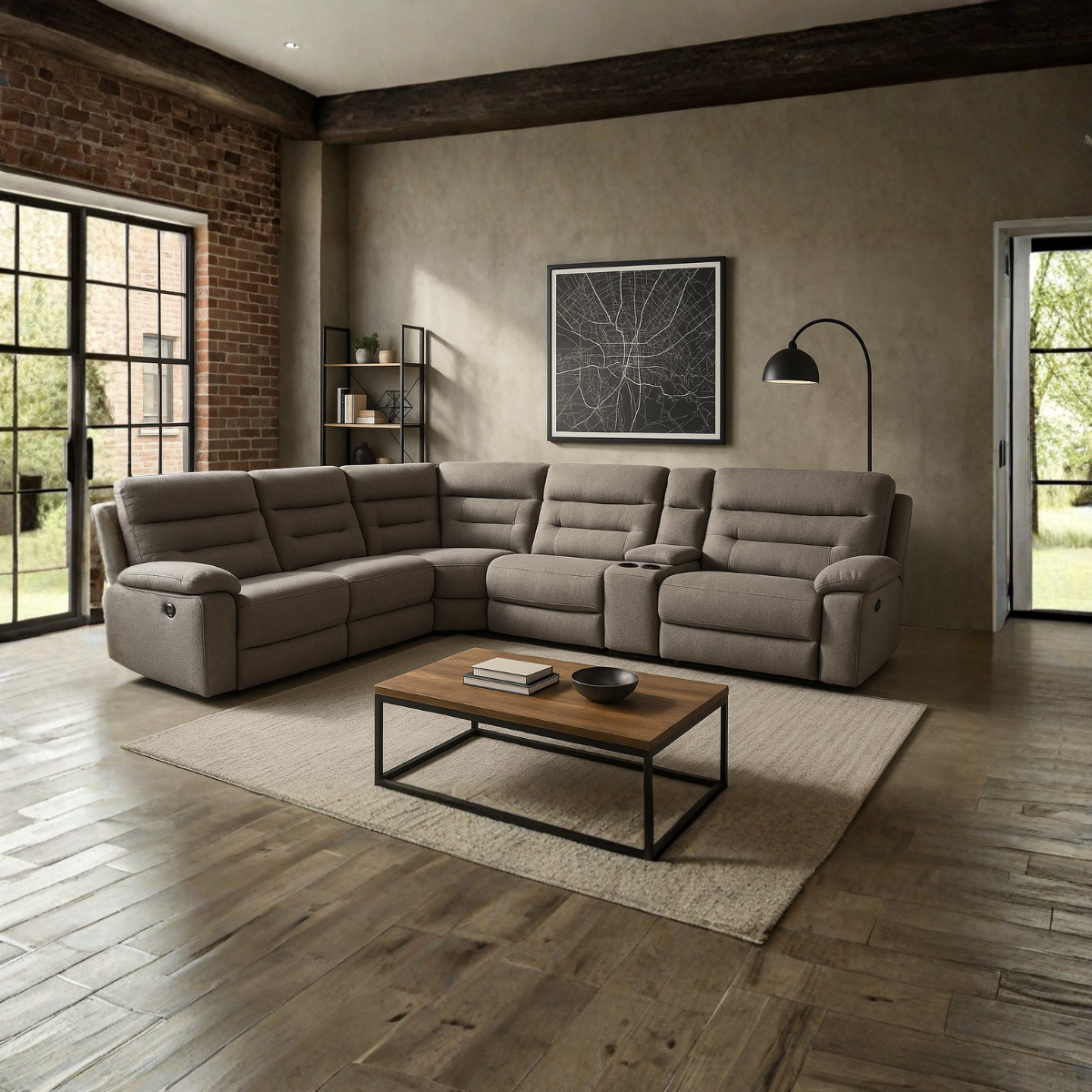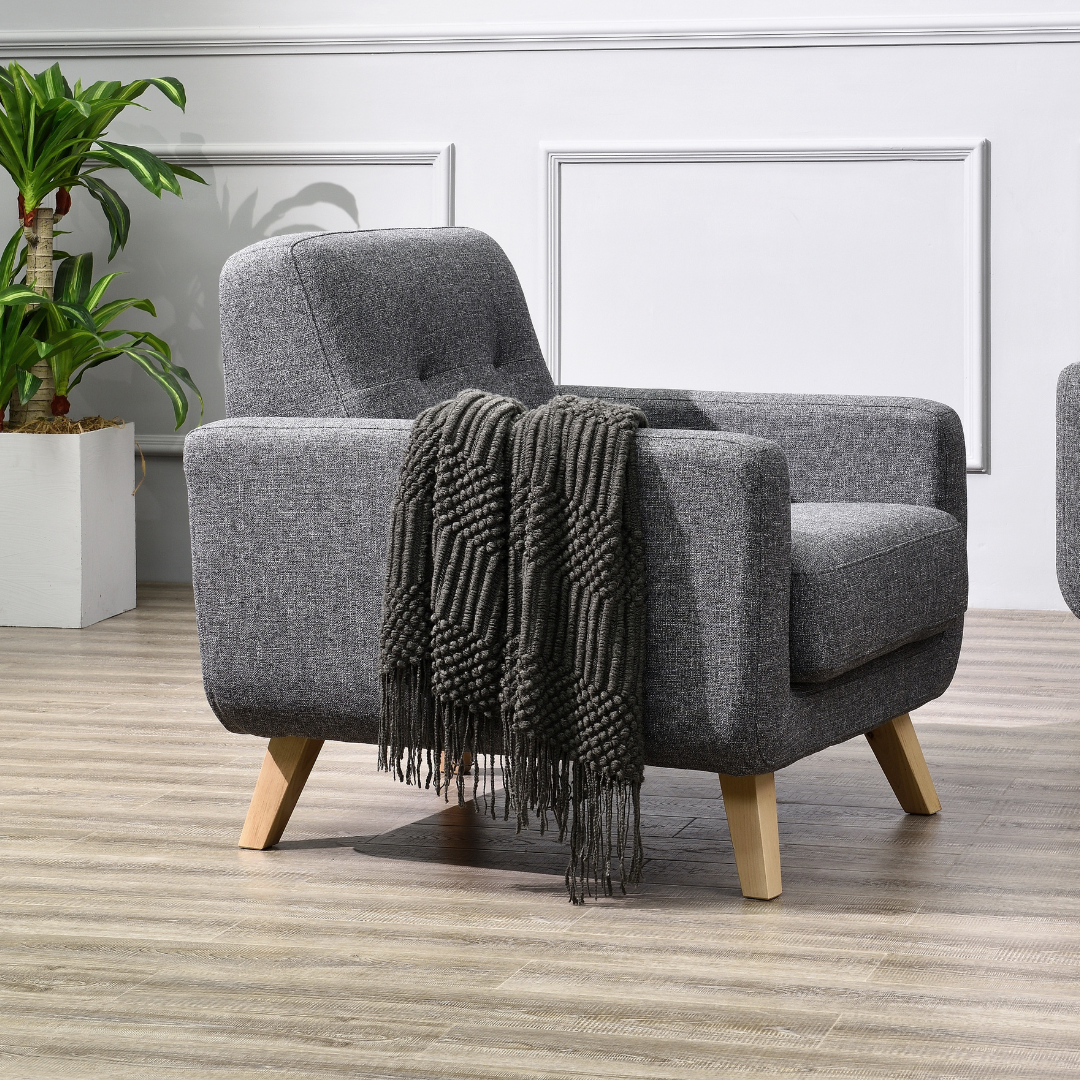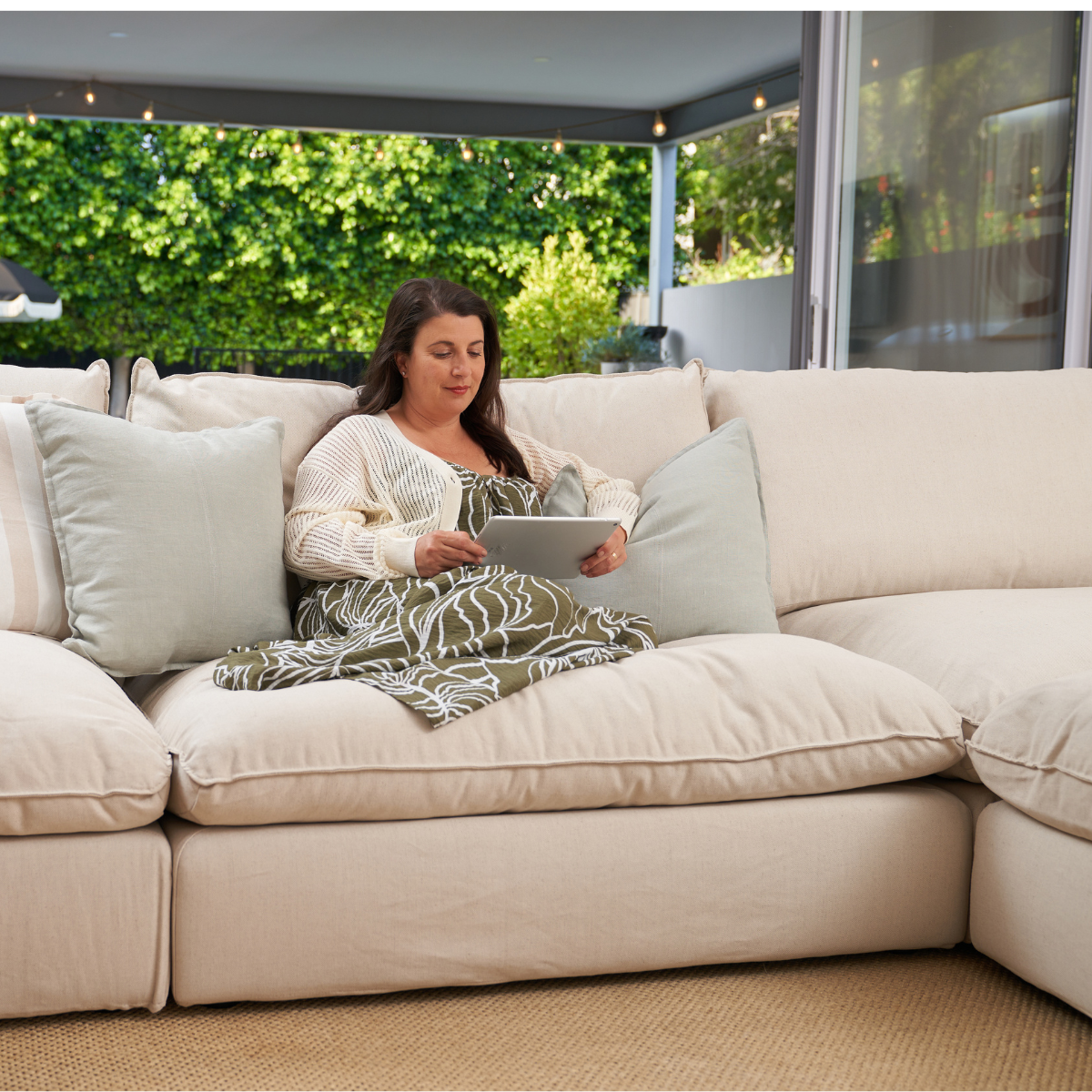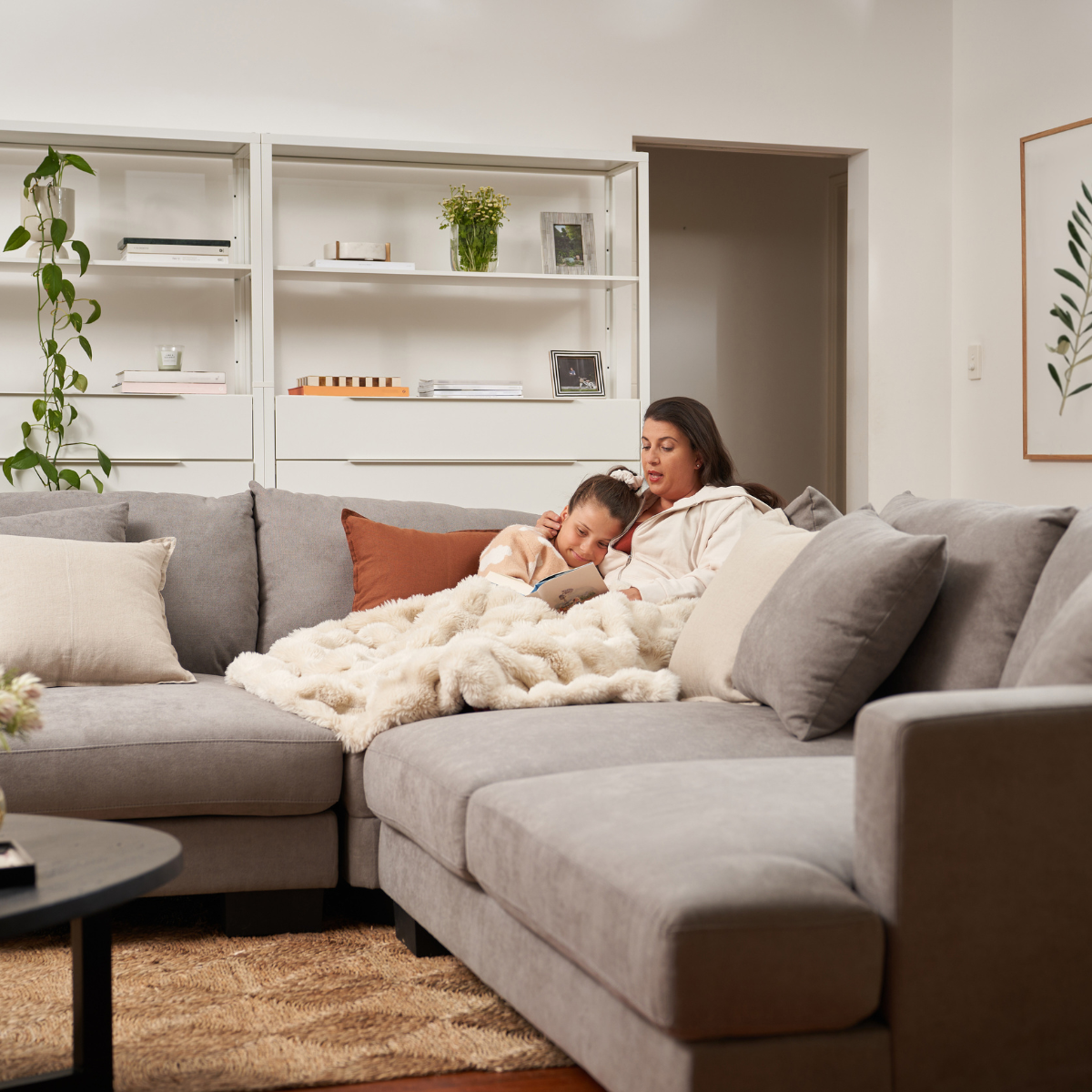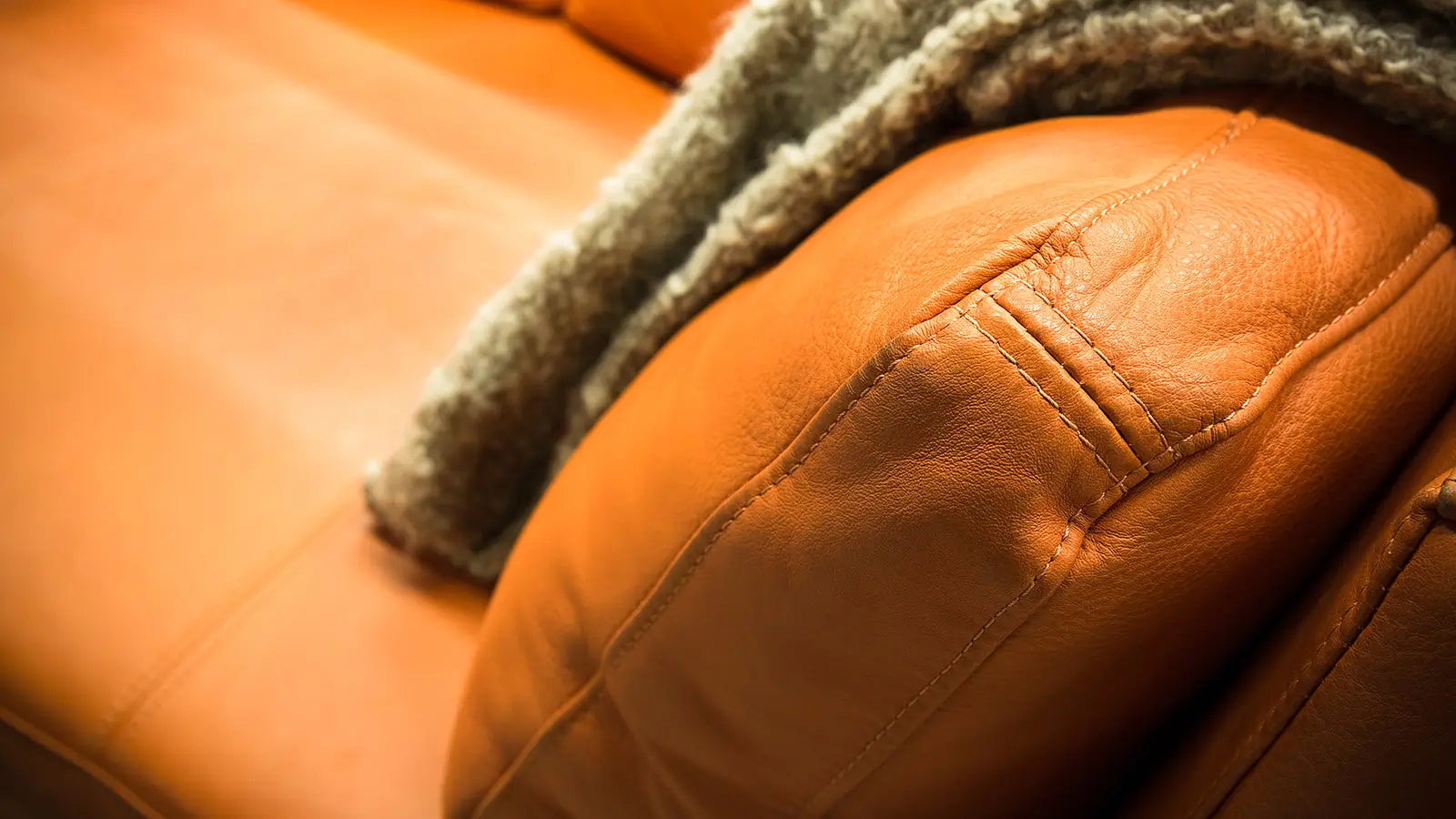Aftercare
Fabric Maintenance Guide
To help your furniture look its very best for years to come, it’s important to care for it. Just as you would any other aspect of your home or garden.
When it comes to caring for sofa fabrics and leather, few know the dos and don’ts like our best friends at Warwick Fabrics.
We’ve listed their top tips here, but there are plenty more available direct from Warwick, along with downloadable cleaning and stain removal guides.
Good to remember

Good to remember
- Treat spills and stains as soon as possible.
- When spot cleaning, test on a hidden area first.
- Certain clothing and accessory dyes, such as those used on denim jeans, may transfer to lighter colours. The risk is increased by humidity and temperature and the result is irreversible.
- Constant exposure to the direct rays of the sun will break down fabric fibres, causing them to become brittle and risk of being damaged when cleaning.
- How often you get your sofas and chairs professionally cleaned will depend on your own maintenance routine and how much the furniture is used. As a rule of thumb, professional cleaning is recommended every 12 months.
Spot cleaning basics

Spot cleaning basics
Gently scrape any soil or mop any liquid from the surface of the fabric. Use of soap or detergent with water should be approached with caution since overzealous rinsing to remove soap residue may result in over-wetting, water marking and possible wetting of substructure (this may create other stains or damage your furniture).
- Non-oil-based stains: Use warm water and non-toilet soaps that do not contain optical brighteners (consider Velvet soap, Lux Flakes and Softly). Mix a small amount of soap and warm water solution and apply to the stain, rubbing gently. Blot dry with a clean towel. Apply cool water (preferably filtered or distilled water) and blot dry again. Then with a hair dryer, working out from the centre of the stain, dry quickly to prevent rings forming. It is generally preferable to clean whole panels of fabric in this way rather than trying to spot clean specific areas.
- Oil-based stains: Following the same basic guidelines as above, apply a proprietary brand solvent-based cleaner and try to clean generally in panels rather than spot cleaning specific areas. A helpful industry ‘secret’ for spot removal of oil-based biro marks is the application of conventional hair spray or Glen 20.
Most requested cleaning tips

Most requested cleaning tips
Tips to tackle a whole host of spills and furniture stains are available at Warwick but here are 5 of the most-requested fixes:
- Alcoholic beverages: After the moisture has been blotted up, dab at the stain with a clean cloth dampened in rubbing alcohol. Then blot repeatedly with liquid detergent mixed with cool water. Blot dry with a towel. Dab again with clear cool water and blot dry.
- Chewing gum: Rub an ice cube over the gum to harden it, then scrape off the excess with a dull knife. To remove what’s left, use dry cleaning fluid.
- Chocolate: This is a combination greasy/non-greasy stain. Scrape excess away, then go over the spot with cool water mixed with a liquid detergent. Blot thoroughly and then clean with dry cleaning fluid.
- Coffee and tea: Sponge with warm water. Apply warm glycerine. Leave for 30 minutes. Flush out with water and dry quickly.
- Cosmetics: Sponge with warm water. Apply warm glycerine. Leave for 30 minutes. Flush out with water and dry quickly.
Leather Care

Leather care
All leathers last longer with preventive maintenance. Regular light surface cleaning of leather furniture is important to prevent daily dust, grime, perspiration and body oils from becoming ingrained and causing surface damage. Lighter colours may require more attention than darker colours.
Dust your leather furniture weekly or use the soft brush attachment on your vacuum cleaner. Wipe clean using a soft damp cloth and Leather Soft Cleaner. As a general rule, clean your furniture with Leather Soft Cleaner at least every six months to remove dirt as well as the gradual accumulation of body oils and perspiration.
Use only products and cleaning methods recommended by the manufacturer.

Good to remember
- Treat spills and stains as soon as possible.
- When spot cleaning, test on a hidden area first.
- Certain clothing and accessory dyes, such as those used on denim jeans, may transfer to lighter colours. The risk is increased by humidity and temperature and the result is irreversible.
- Constant exposure to the direct rays of the sun will break down fabric fibres, causing them to become brittle and risk of being damaged when cleaning.
- How often you get your sofas and chairs professionally cleaned will depend on your own maintenance routine and how much the furniture is used. As a rule of thumb, professional cleaning is recommended every 12 months.

Spot cleaning basics
Gently scrape any soil or mop any liquid from the surface of the fabric. Use of soap or detergent with water should be approached with caution since overzealous rinsing to remove soap residue may result in over-wetting, water marking and possible wetting of substructure (this may create other stains or damage your furniture).
- Non-oil-based stains: Use warm water and non-toilet soaps that do not contain optical brighteners (consider Velvet soap, Lux Flakes and Softly). Mix a small amount of soap and warm water solution and apply to the stain, rubbing gently. Blot dry with a clean towel. Apply cool water (preferably filtered or distilled water) and blot dry again. Then with a hair dryer, working out from the centre of the stain, dry quickly to prevent rings forming. It is generally preferable to clean whole panels of fabric in this way rather than trying to spot clean specific areas.
- Oil-based stains: Following the same basic guidelines as above, apply a proprietary brand solvent-based cleaner and try to clean generally in panels rather than spot cleaning specific areas. A helpful industry ‘secret’ for spot removal of oil-based biro marks is the application of conventional hair spray or Glen 20.

Most requested cleaning tips
Tips to tackle a whole host of spills and furniture stains are available at Warwick but here are 5 of the most-requested fixes:
- Alcoholic beverages: After the moisture has been blotted up, dab at the stain with a clean cloth dampened in rubbing alcohol. Then blot repeatedly with liquid detergent mixed with cool water. Blot dry with a towel. Dab again with clear cool water and blot dry.
- Chewing gum: Rub an ice cube over the gum to harden it, then scrape off the excess with a dull knife. To remove what’s left, use dry cleaning fluid.
- Chocolate: This is a combination greasy/non-greasy stain. Scrape excess away, then go over the spot with cool water mixed with a liquid detergent. Blot thoroughly and then clean with dry cleaning fluid.
- Coffee and tea: Sponge with warm water. Apply warm glycerine. Leave for 30 minutes. Flush out with water and dry quickly.
- Cosmetics: Sponge with warm water. Apply warm glycerine. Leave for 30 minutes. Flush out with water and dry quickly.

Leather care
All leathers last longer with preventive maintenance. Regular light surface cleaning of leather furniture is important to prevent daily dust, grime, perspiration and body oils from becoming ingrained and causing surface damage. Lighter colours may require more attention than darker colours.
Dust your leather furniture weekly or use the soft brush attachment on your vacuum cleaner. Wipe clean using a soft damp cloth and Leather Soft Cleaner. As a general rule, clean your furniture with Leather Soft Cleaner at least every six months to remove dirt as well as the gradual accumulation of body oils and perspiration.
Use only products and cleaning methods recommended by the manufacturer.
